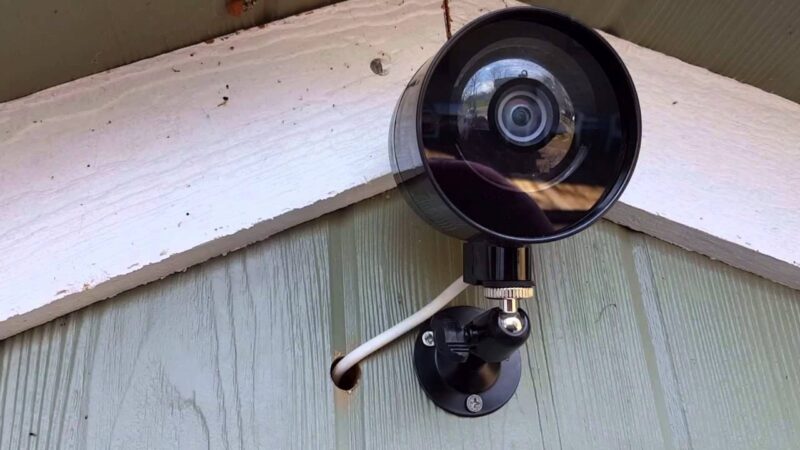One of the most common challenges in interior design is making a dark room bright, or small room feel bigger. Just like making small changes like an outdoor umbrella to your outdoor design can make a huge difference, there is a lot you can do with your interiors to get that perfect look. You may be tempted to tear down a wall or carve out a new window, but the costs can often outweigh the benefits. Thankfully, there are practical, affordable changes you can make that don’t require a sledgehammer. Interior designers have practiced the art of making a small space sunny, bright, and bigger. Using their tricks and tips, you can brighten up a dark room and make it feel bigger than its actual footprint.
10 Designer Tricks for Decorating a Small Space
1. White or Neutral Paint Palette
This may seem obvious, but it doesn’t limit you to stark white walls. If you have ever stood in front of a wall of sample paint chips, you know there are numerous shades of each color. This is also true for white. Consider using one shade of white or neutral color on the walls with a lighter shade on the baseboards, the ceiling, and any trim. You may be tempted to use high-gloss paint on the walls, but don’t. High-gloss paint will create more of a glare than anything.
2. Make the Most of Artificial Lighting
Wall sconces add interest to a room and free up floor space. Many are designed to direct their light upward. This kind of indirect lighting works well with tip #8. It is also important you choose the right kind of light bulb. Halogen lights resemble natural light the most. However, LED lights are also a good option. LED lights are more expensive upfront than most bulbs, but they are highly energy efficient and last a long time.
3. Hang Decorative Mirrors
A Wall mirror is a designer’s to accessory for making a room feel brighter and bigger. After all, nothing reflects light better than a mirror. But be sure to avoid placing them in the direct line of light. The point may be to distribute light, but you do not want to create a glare.
A mirror’s usefulness goes beyond bouncing light. A decorative Wall mirror can add depth to a room, making it appear much bigger than it is. Designers strategically position mirrors for the greatest illusion of depth. Like designers, place a wall mirror across from a focal point to emphasize the effect it has on the room. Do the same with free-standing mirrors by angling them toward eye-catching features.
4. Install Light Wood Flooring
If your budget allows it, light wood flooring can do wonders for enlarging a space. The sleek material makes the room seem bigger, and the finish reflects light. But, more affordable materials such as carpet and tile can also do the trick. Tile, like wood, is reflective and has a smooth, clean finish. Though not as reflective, a light-colored carpet will also help brighten the space.
5. Streamline Furniture
Avoid bulky furniture. Choose tables with thinner legs and less thick table tops. For chairs, opt for either tall and skinny or low and wide. Tall and skinny will draw the eye upward, while low and wide creates the illusion of more headspace. This is because furniture that sits lower than normal will make the walls appear taller and the ceiling higher. Unless they are used as a focal point, choose chairs with neutral fabric and solid or simple designs.
6. Insert Metallic Details
Similar to mirrors, metallic accessories and artwork will bounce light around the room. There are numerous ways to include metal in your design. Metallic light fixtures, frames, art pieces, and even knick-knacks can brighten up a dark room.
7. Bold Accent Wall
Simpler isn’t always better. A bold wallpaper or large art piece on a focal wall can actually make the room feel bigger. But you must be careful. A busy print or dark art piece will have the opposite of your desired effect. Choose designs or artwork that incorporates a lot of empty space between the artistic elements. Space will help widen the focus of the eye to incorporate the wall as a whole. Widening the visual field in this way is like widening the lens of a camera. A person can take in more all at once.
8. High-Gloss Ceiling
A high gloss ceiling will have a similar, yet toned-down, effect to that of a mirrored ceiling. Any light that reaches the ceiling will then bounce back down. This trick helps make the most of natural and artificial lighting.
9. No Heavy Curtains
Heavy curtains will dampen the mood of a room you wish to be bright and airy. Even when pulled to the side, thick curtains will absorb light. You can still achieve privacy with translucent shades or curtains. These light and airy window treatments will keep your room from feeling like a cave.
10. Thoughtful Landscaping
Too many people are so focused on the inside, they don’t consider how the outside can be affecting the room. Trees, bushes, and walls can obscure the amount of light that enters through your windows. Trim trees and bushes to ensure they are not blocking any light. If a perimeter wall is just outside your window, consider painting it a light color. You can also think about exterior artwork that may help redirect light into your room.





